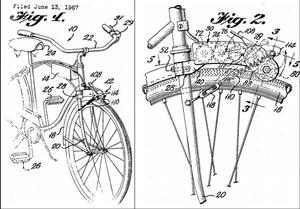News Categories
Since Faraday invented the world's first electric motor in the 1830s, many people have been trying to apply the motor to bicycles.
The first person to do so was Gustave Trouve é of France.
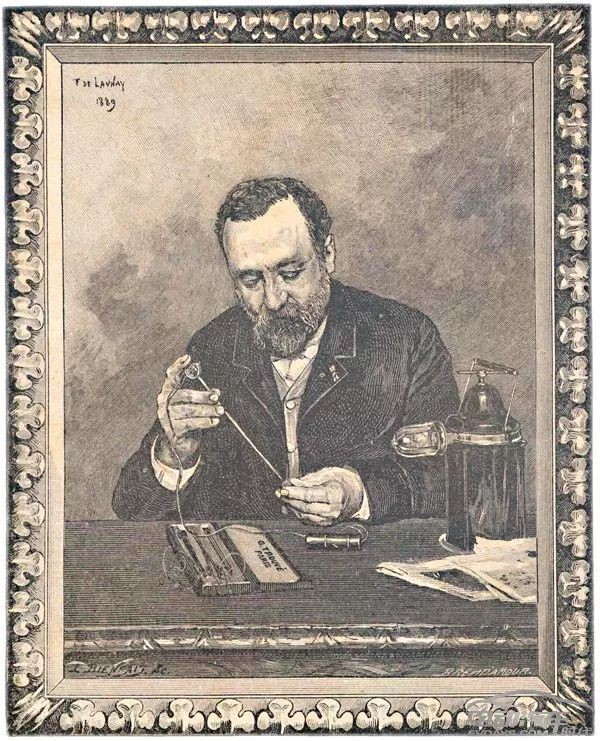
In 1881, Gustav Truff successfully transformed an electric tricycle
The electric vehicle was on display in Paris at that time, becoming the world's recognized inventor of the first electric vehicle, he is also known as the father of the electric vehicle.
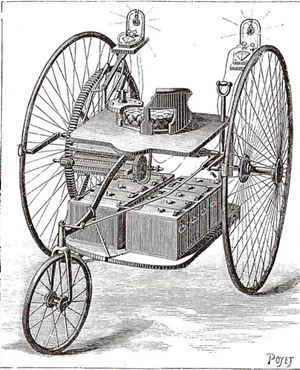
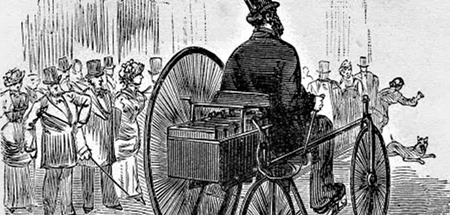
In 1892, M. Graffigny invented an electric tricycle that could be trampled
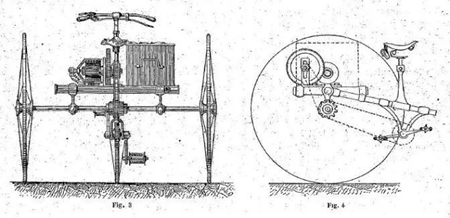
The above picture shows the electric tricycle invented by M. Graffigny in 1892. The output gear of the motor is connected with the differential device of the manual driving wheel through a series of deceleration gear sets. Therefore, the tricycle can be driven by the rider stepping on the pedal or by an electric motor. On the right side of the vehicle is a box of 24 batteries, and on the left side is a motor pack of nearly 10kg, which weighs 77kg.
In 1895, Ogden Bolton invented a direct drive the rear wheel electric vehicle
Still, to be sure, the car invented by the two masters is more like the electric car than an electric bicycle. Fourteen years later, with their inspiration, Ogden Bolton invented the direct-drive rear-wheel electric vehicle. As shown in the figure:
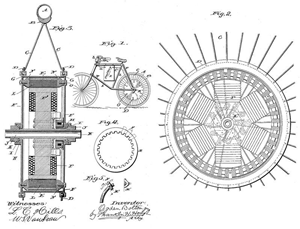
The two electric vehicles have no driver components to trample on. They are in pure electric mode. There is a control lever on the handlebar to control the motor. The battery is located in the front triangle of the frame. The rear hub is loaded with a permanent magnet DC outer rotor brush motor. From the motor profile on the right side, we can see six groups of coils inside the motor and a circle of rotor magnetic ring on the outside, and there are six pawls in the center, which is very similar to the modern tower foundation structure. It can be said that this design was quite advanced more than 130 years ago.
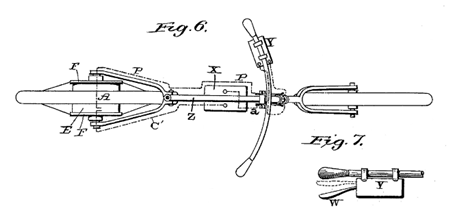
In 1897, Hosea W. Libbey, the earliest electric bicycle with a central motor
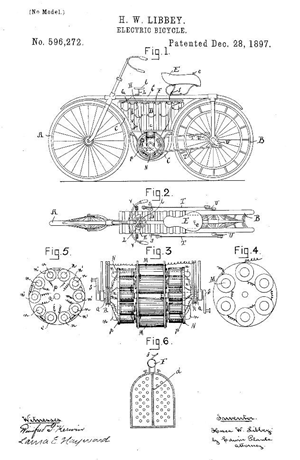
In 1897, inventor Hosea W. Libby designed an electric bicycle with a central motor. The electric car has no pedals and is driven by a connecting rod. What's more strange is that it uses a double stator permanent magnet motor. The motor is shaped like a hamburger. There are stators on both sides. The rotor is clamped in the middle, and the left and right drive links are connected on both sides. The battery is mounted directly above the motor. It seems that there are two wheels connected side by side in the rear. Moreover, the rear wheels also have a cross mounted bow-shaped "leaf spring", which forms the original rear suspension. Perhaps it is more appropriate to call this vehicle an electric tricycle.
Hummer's electric bicycle for two, November 1897
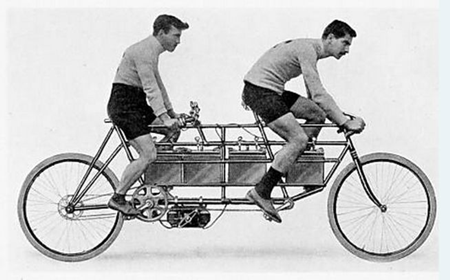
In November 1897, a double electric bicycle named Hummer was displayed at the Stanley exhibition. It was created by CLERC and Pinault from France. On May 22, 1897, French drivers dacier and Jalabert drove this Hummer double electric vehicle to run a kilometer in 57 seconds, with an average speed of 63km / h, which was really helpful.
1898, Mathew J. Steffens electric bicycle with rear-wheel and belt drive
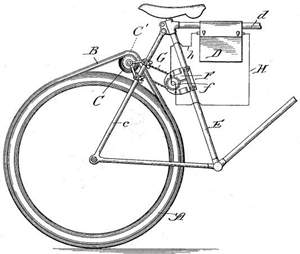
In 1899, John schnepf, rear wheel friction motor
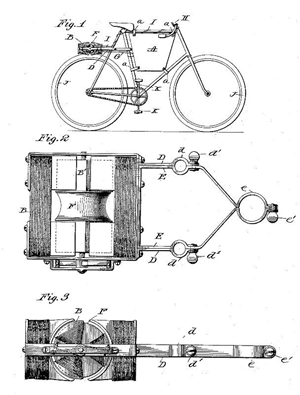
In 1899, John Schnepf registered a rear-wheel friction drive motor. In fact, it can be easily fixed in the front of the bicycle frame and the battery can be fixed on the outside of the bicycle frame by friction Similar products are still given a variety of minimally invasive new constantly launched market.
In 1900, aebert Hansel, mid rear drive electric bicycle
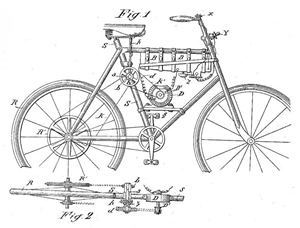
On February 1, 1899, Albert Hansen submitted a patent application named ESNAHA ELECTRIC BICYCLE to the U.S. patent office. The patent was officially certified in 1900. The motor is installed at the bottom of the front triangle through a fixed base, and the battery is hung under the upper tube. The kinetic energy output by the motor is driven by two-stage speed reduction and finally acts on the large flywheel on the left side of the rear wheel, thus driving the rear wheel to rotate. On the right, the traditional human drive is still intact, which means it can trample on like an ordinary bicycle even when it is out of power.
In 1946, Jesse D. Tucker designed an electric bicycle with free storage
Riders can choose to drive by hand or by putting the motor down to fit the front wheel and turn it into an electric drive.
